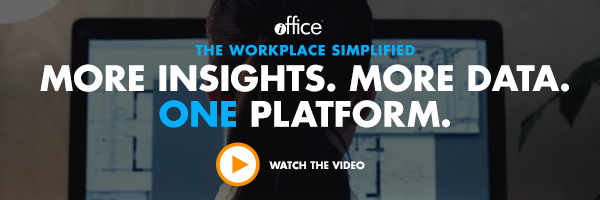How to Prepare for the Lease Accounting Standards Update


In the eyes of most of your workforce, 2019 is light years away. But thanks to the lease accounting standards update, 2019 might as well be tomorrow for the finance team.
Although you’re probably familiar with the basics of this update, here’s a brief refresher:
According to the current Generally Accepted Accounting Principles (GAAP), only capital leases (for example, leases on equipment) must be listed on balance sheets. Operating leases (which refer to real estate or office space leases) are reported with all other expenses and aren’t reported in the balance sheet.
This practice has been criticized for not providing the users of financial statements with an accurate, comprehensive view of all lease transactions. 
But with the new rule issued by the Financial Accounting Standards Board (FASB) last February, companies will be required to report all leases — real estate, equipment and any other leases — on their balance sheet and categorize them as either financial leases (for example, capital expenses) or operating leases.
Publicly traded companies are required to abide by the rules beginning December 15, 2018. Private companies have until the end of 2019 to comply, and retrospectively apply the new standards to their 2018 and 2019 financial statements.
Although this change may not have a substantial impact on your balance sheet, it most likely will create the need for new procedures and updates to your documentation processes. These operational updates, in turn, will affect the workload of your real estate and finance department staff members. Additionally, non-compliance or procrastination increases the risk of higher costs (including fines), inaccurate calculations, disorganized internal processes and internal audit exposure.
Fortunately, there’s still time to organize your leases and internal communication and eliminate these issues before they can ever reach fruition. Below are four ways to tackle the new lease accounting standards update starting now.
 1. Review Your Current Leases
1. Review Your Current Leases
Looking closely at all your current leases is the evident first step. You’ll want to verify the following:
- The number of leases your company has
- How many of these leases are interrelated
- If any optional lease exemptions can be applied
- What new leases will be signed in 2019
Classifying your existing leases under the new standard’s definition of a lease also will be essential for compliance.
2. Assess Your Current Lease Tracking
Processes
Implementing a new process can get complicated very quickly if you don’t take the time to assess what is already in place versus what you actually need. So before you make any big changes, ask these questions first:
- Are there formal, centralizing processes that collect and organize leases?
- Is each lease classified correctly?
- Who manages each lease?
- Is there coordinated communication between all departments?
Collaborating with your team to answer these questions promotes transparency. And you need transparency to determine the best strategy for moving forward, particularly if your company is decentralized or global.
3. Adopt an Automated Software Tool
Perhaps your organization is ahead of the curve and has the basic data and documents well-organized in spreadsheets. While this is certainly commendable, in the long run you will want to avoid having to make calculations manually as this often results in unreliable numbers, mediocre cost control and additional hours to properly manage the data.
Instead, consider investing in a lease management solution. For example, the iOFFICE Space Management module features lease administration capabilities, including the ability to register real estate leases and equipment contracts and link these to buildings to track important dates, contacts, payments, allowances, lease durations and more.
4. Partner With a Vendor
No matter your situation, bringing in a collaborator early on will undoubtedly save you time, money and headaches.
Working with an outside vendor is the best option to handle additional required data and testing your leases. If you invest in a vendor now, you’ll be miles ahead of dozens of other companies, reduce the risk of any fines or fees and avoid internal audit exposure that threatens your company’s future.
Preparing for the new lease accounting standards update will be tough whether you’re starting at square one or already are triple-checking your lease test results. But with the proper foresight and planning, the right software tool and collaborative support, your company can fly into 2019 with minimal turbulence.
Let us show you how iOFFICE’s SaaS IWMS can help make this transition easier and improve countless other aspects of your organization. Request your free demo now!
